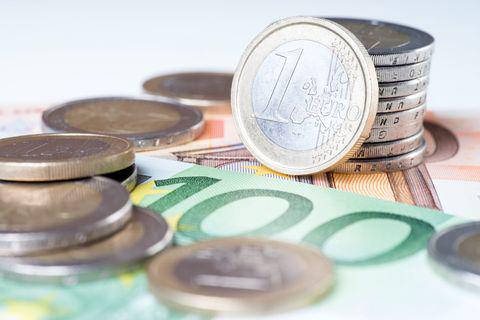
Recently, for the first time in two decades, the euro reached parity with the US dollar…

Don’t waste your time – keep track of how NFP affects the US dollar!
Data Collection Notice
We maintain a record of your data to run this website. By clicking the button, you agree to our Privacy Policy.

Beginner Forex Book
Your ultimate guide through the world of trading.
Check Your Inbox!
In our email, you will find the Forex 101 book. Just tap the button to get it!
Risk warning: ᏟᖴᎠs are complex instruments and come with a high risk of losing money rapidly due to leverage.
71.43% of retail investor accounts lose money when trading ᏟᖴᎠs with this provider.
You should consider whether you understand how ᏟᖴᎠs work and whether you can afford to take the high risk of losing your money.
Information is not investment advice
The stock market has reversed, and now it’s going lower and lower. What to expect? Let’s try to look through this situation for stocks and indices trading.
Nasdaq (US100) and S&P 500 (US500), the major US stock indices, have lost roughly 12% to 25% this year. After two years of gains, it’s a painful drop. Now that the S&P 500 tested levels below 4050, the downside risk is 3800, or even 3600. A drop to 3800 would mean a loss of 21.18% since the beginning of the year.
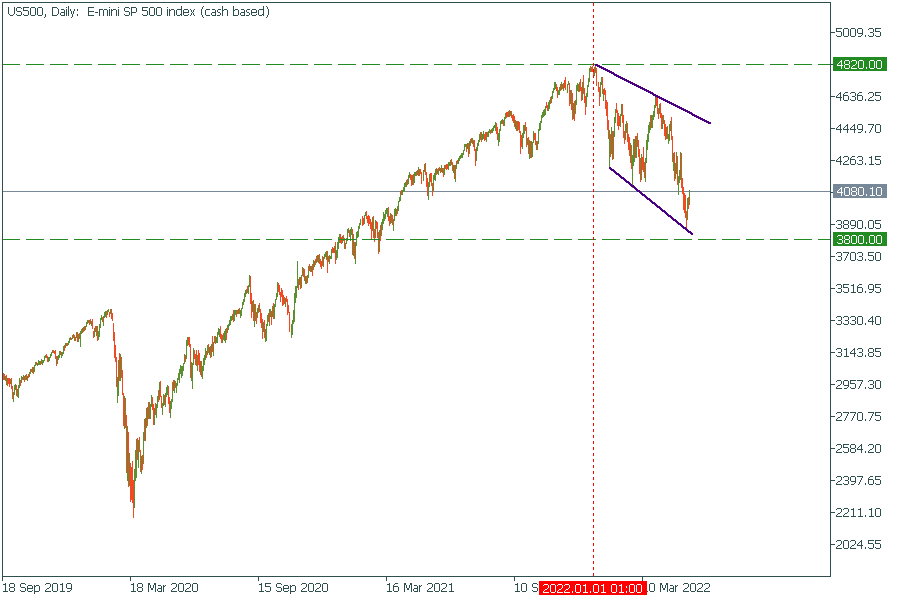
The decline of the S&P 500 is mainly due to interest rates hikes. The rates are now at higher levels than the bank expected just a couple of months ago. Investors expect the Fed to raise the interest rate by another 100 basis points this summer.
Economic growth slowed, contracting 1.4% in the first quarter, and stocks have been hurt as tech and growth stocks continue to reprice in a new, more hawkish Fed policy.
According to a JPMorgan strategist, stock markets in the US and Europe estimate a 70% chance that the economy will slide into recession in the near future.
Recession warnings have sounded for months this year amid the war in Ukraine, coronavirus lockdowns in China, and a more hawkish Fed policy. Worries that policymakers' efforts to curb inflation will send the economy into recession have led investors to take nearly $10 trillion out of US stock markets this year.
While signs of a weakening economy are everywhere, it remains difficult to detect that a definite recession is approaching. Manufacturing and service activities haven’t reached their peak but are still expanding, consumers continue to spend, and employment and housing data are at the normal level.
If recession fears don’t materialize, restrained stock positioning and the reversal of the pessimistic sentiment will help the stock market recover.
According to analysts, similarly high chances of a recession have historically indicated further capital losses when a recession materializes. However, stocks tend to rise when the worst doesn't happen: the S&P 500 jumped 12% over the next 12 months. Analysts estimate that the market will be poised for an economic downturn and earnings recession if the S&P 500 falls below 3800.
Now analysts see valuations drop even further before the unpleasant decrease in the stock market ends, and earnings results will likely disappoint through 2022.

Recently, for the first time in two decades, the euro reached parity with the US dollar…

The second earnings season of 2022 has almost begun. From banks and tech stocks to cars and the retail sector: in this outlook, we covered the most promising releases of this summer and made several projections on the companies’ prospects.
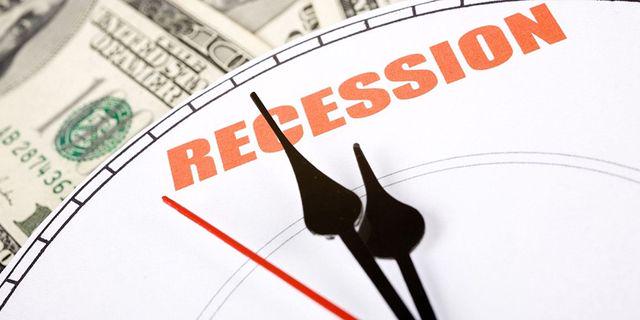
Whenever inflation exceeds 4% and unemployment falls below 5%, the US economy enters a recession in two years.
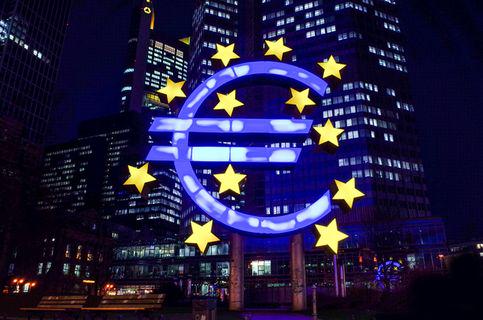
eurusd-is-falling-what-to-expect-from-the-future-price-movement
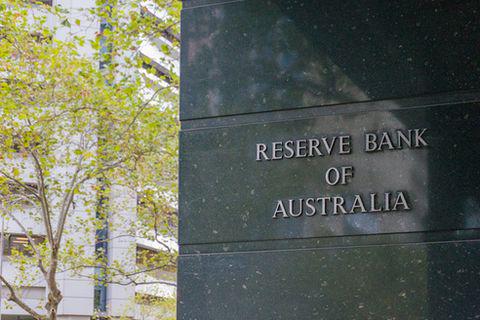
Greetings, fellow forex traders! Exciting news for those with an eye on the Australian market - the upcoming interest rate decision could be good news for Aussies looking to refinance or take out new loans. The Mortgage and Finance Association Australia CEO, Anja Pannek, has...

Hold onto your hats, folks! The Japanese yen took a nosedive after the Bank of Japan (BOJ) left its ultra-loose policy settings unchanged, including its closely watched yield curve control (YCC) policy. But wait, there's more! The BOJ also removed its forward guidance, which had previously pledged to keep interest rates at current or lower levels. So, what's the scoop? Market expectations had been subdued going into the meeting, but some were still hoping for tweaks to the forward guidance to prepare for an eventual exit from the bank's massive stimulus
Your request is accepted.
We will call you at the time interval that you chose
Next callback request for this phone number will be available in 00:30:00
If you have an urgent issue please contact us via
Live chat
Internal error. Please try again later